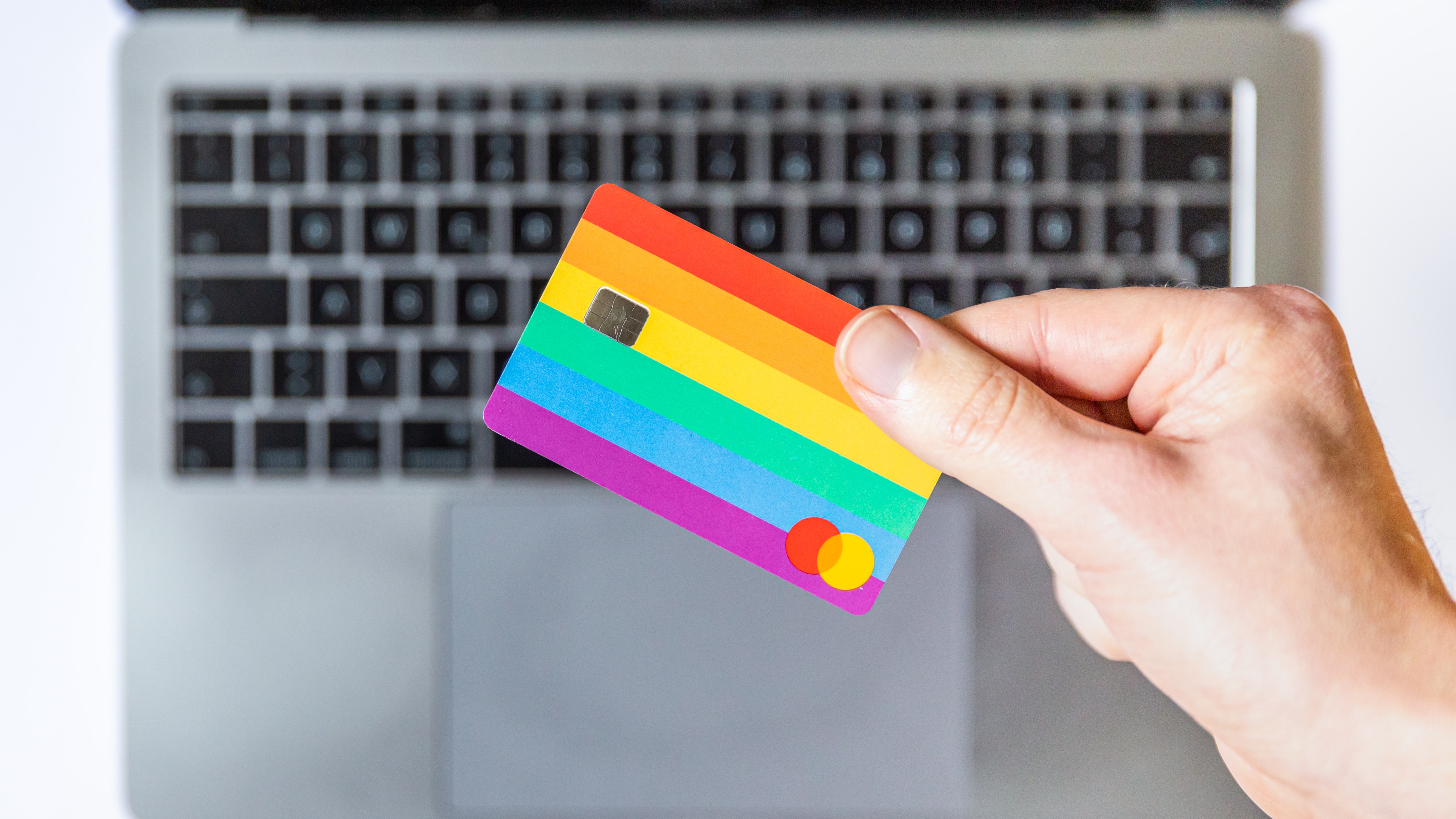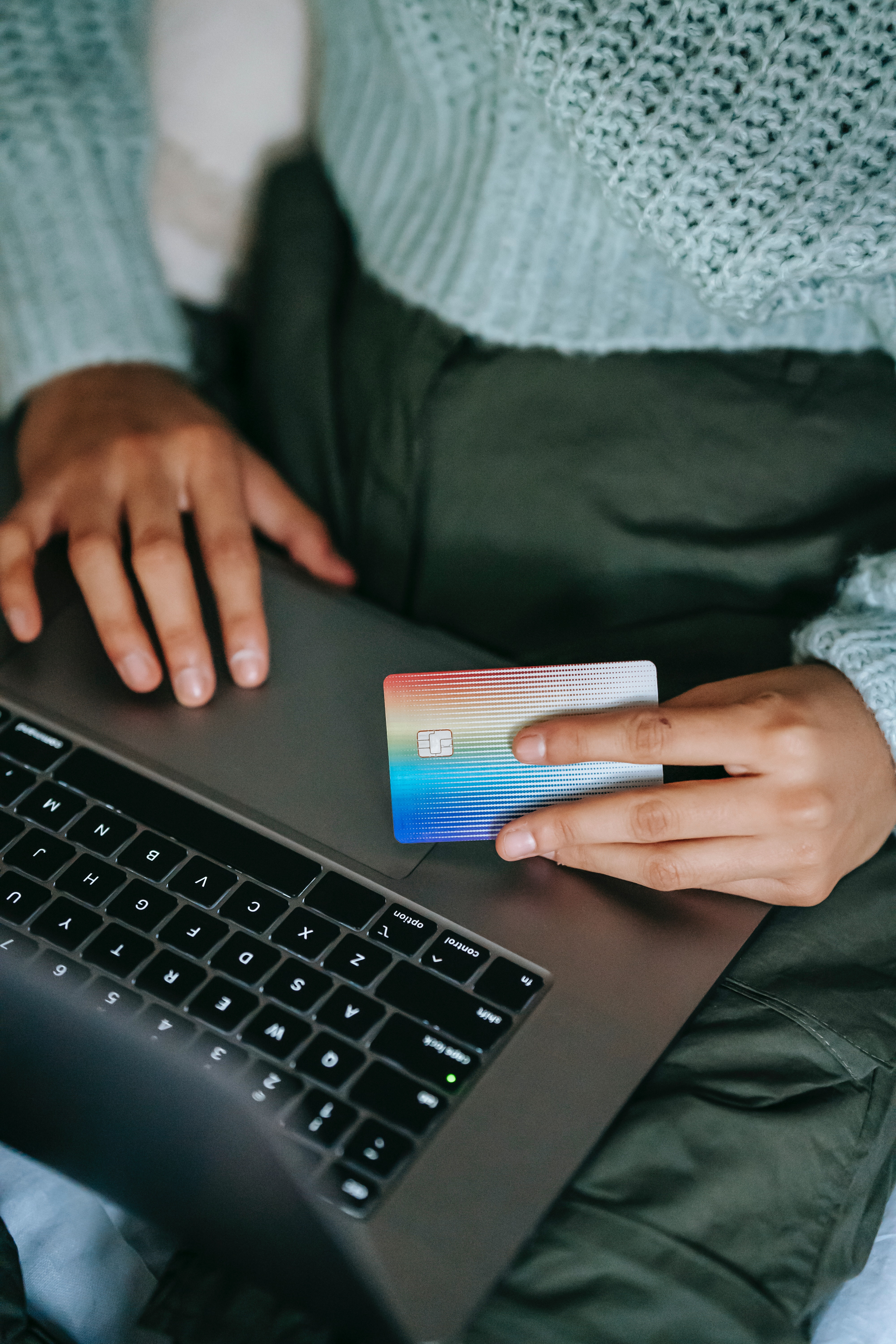Cashless payments have been increasingly adopted over the past decade. Instead of paying for products with bank notes and change, customers are reaching for their contactless bank cards and using Apple Pay via their smartwatches. But, becoming more cashless hasn’t just happened overnight. Since 2016, the United Kingdom (UK) has seen a significant decrease in cash being used to purchase goods. While in 2021, nearly one in three of all payments made in the UK was via a contactless card, a smartphone or a smartwatch.
To help your business capitalise on the cashless movement, it’s worth investing in a quality card reader for your business. So, in this Dojo guide, we’ll endeavour to answer the question - how do card readers work - and why your business should be using one.
We’ll outline what a card reader is and its main functions. Then we’ll touch on how different types of card readers can benefit your small business and how NFC-enabled card readers can accept Apple Pay, Samsung and Google Pay.
We want to equip you with knowledge and offer you the best possible chance of succeeding in this ever-increasing cashless world - and contactless a card reader could help you do just that.
Contents & key links
- How do card readers work?
- What does a card reader do?
- Contactless card readers - explained
- Chip & Pin card readers - explained
- Apple Pay & Google Pay card readers - explained
- What card machine UK is best?
Define card reader
A card reader is also known as a card machine or a terminal. It’s an electronic device that can allow your business to accept credit, debit and prepaid cards as payment methods.
You may recognise a card reader as a device issued by a bank as an extra layer of security for accessing online banking. This is because a card reader is typically a device that decodes the information a credit or debit card contains, either in the magnetic strip or microchip on the card. However, they are also handheld devices that can be used to take payments.
As card readers are typically small portable devices, they’re perfect for restaurateurs and small retail businesses where employees and customers are always on the move.
Dojo’s card readers accept a plethora of card payments. These include (but are not limited to) Apple Pay, contactless and chip-and-pin methods.
You can also link the Dojo card reader to 600+ EPOS systems if you’re looking for a more integrated solution to help improve operational efficiency within your business.
How do card readers work?
As we touched on before, card readers read information from a customer's card. This is via the card’s magnetic stripe, the RFID chip or the NFC technology on the card that allows contactless payments to take place. Payment is then extracted from the customer’s card and deposited into your business account.
Let’s break down the process further, from when a customer’s card is presented at the point of sale to when you receive the payment.
Payment verification
Payment verification always takes place first. This is regardless of whether a customer has swiped their physical card or they’re paying for goods via Apple Pay. Encrypted data from their card is transferred to a payment gateway when tapped.
The encrypted data is then securely passed between the merchant’s bank (the seller) and the customer’s bank (the buyer).
Once data has been passed through, the customer’s bank will automatically verify whether the customer has money in their account to complete the desired transaction. If the bank approves the request, the bank will put those funds aside. The sale will then be marked as a ‘pending transaction’.
Once this payment has been successful, you can give your customer the goods they have paid for.
Capture
Capture does exactly what it says on the tin. The customer’s credit or debit card company will capture (or move) funds from the buyer’s bank account. The money is then deposited into the seller’s business bank account.
If you’re accepting payment and orders through an intermediary business, like Etsy for example, the intermediary may use a process called batching which uses an individual payment to send funds to multiple recipients simultaneously.
Settlement
The final stage of how a card reader works is the final settlement. Due to the nature of this business transaction, it is unlikely that you will be able to access the funds immediately. Dojo card machines allow you to get your takings the very next day. However, the industry standard is around two-three days.
However, once the funds have been fully processed they will be deposited into the seller’s account. Depending on your business status, you should then be able to access them.
How do different types of card readers work?
So, now you know how card readers typically work. The next piece of the puzzle is understanding how the different types of card reader available can benefit your business.
In this section of the guide, we will cover:
- How do contactless card readers work?
- How do Chip & Pin card readers work?
- How do Apple Pay and Google Pay readers work?
How do contactless card readers work?
If you’re wondering “how does a card reader work using a contactless card”? The answer is via NFC chips.
Most credit and debit cards issued by banks in 2023 have chips. These chips utilise Near Field Communication (NFC) technology to make contactless payments. A contactless card reader works in the same way that a regular card reader does. The only difference is that it is NFC-enabled. This means it can collect contactless card payments.
We have a whole dedicated guide to how NFC payments work and what NFC-enabled means. But if you don’t want to get into the nitty-gritty, here is a brief outline:
- NFC - NFC stands for Near Field Communication. It is a safe and secure technology that only works when in close range to your contactless card reader.
- Tokenization - Payment tokenization lifts sensitive banking information from contactless cards before replacing it with a type of non-sensitive information called a token. This means criminals can’t access payment details made via a contactless card and your card reader.
- NFC-Enabled card reader - A card reader that can collect contactless card payments. This is good for your business because it is convenient and fast for busy customers. You can also wave goodbye to long queues at the checkout. Forgetting your PIN is now a thing of the past.
How Do Chip & Pin Card Readers Work
This section will answer the question of ‘how does a card reader work using Chip & Pin technology’?
Credit and debit cards issued by banks and other financial services feature a ‘chip’. This chip’s main duty is to record a customer’s four-digit Personal Identification Number (PIN).
So how does a Chip & Pin card reader work? Essentially, your business’s card readers will read the PIN and know whether the number code the customer is typing in matches. Much like contactless card readers, they follow the same payment verification, capture and settlement steps.
While contactless payments are on the rise, your customers may still want to use the Chip & Pin method to pay for items. It may be worth purchasing a card machine that is both NFC-enabled and uses the Chip & Pin method.
How Do Apple Pay and Google Pay Readers Work?
This section will answer the question of ‘how does a card reader work using Apple Pay and Google Pay’. Like the contactless card reader, Apple Pay & Google Pay readers are NFC-optimised. This means that highly-encrypted data can be wirelessly sent to your card machine from these digital wallets. Apple Pay and Google Pay readers also use payment tokenization as a means of security.
To process a customer’s digital wallet payment, they must add their debit or credit card. Then within close range, they can pay for goods or services via the card machine. Again, the payment verification, capture and settlement stages take place. However, the payment verification is much quicker when compared to a Chip & Pin device.
What is the best card machine for your business?
As outlined above, all three types of card reader serve slightly different purposes. The one you choose, therefore, should be the one that benefits your business best.
Do you want to start offering your customers the chance to pay with their digital wallets? Or, do you want to elevate your cash-only offering and start allowing buyers to purchase goods via Chip & Pin device?
Whatever you think is best for your business, you now have this handy guide to refer to and aid your decision-making.
So, hopefully this guide has served as a means to understand how card machines work a little better. For card readers, UK, check out Dojo’s offering.
For more business tips, head to the Dojo blog.


